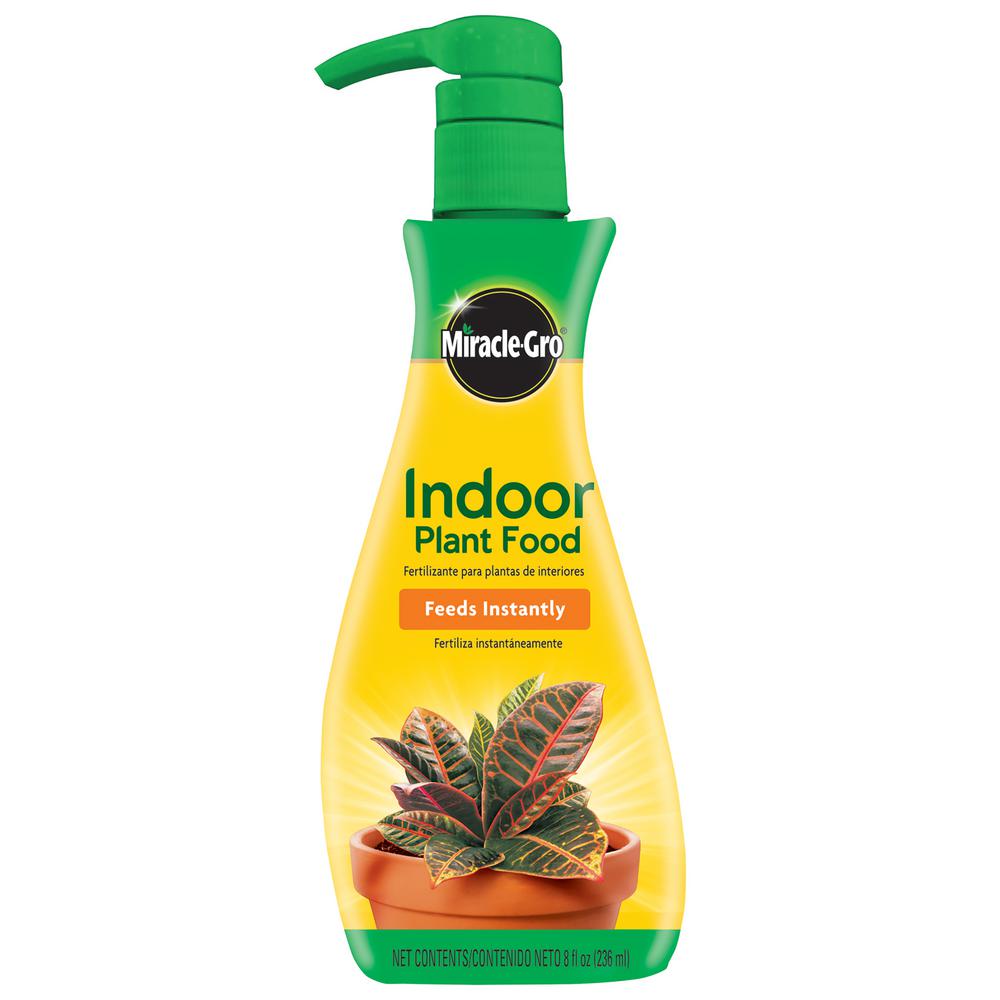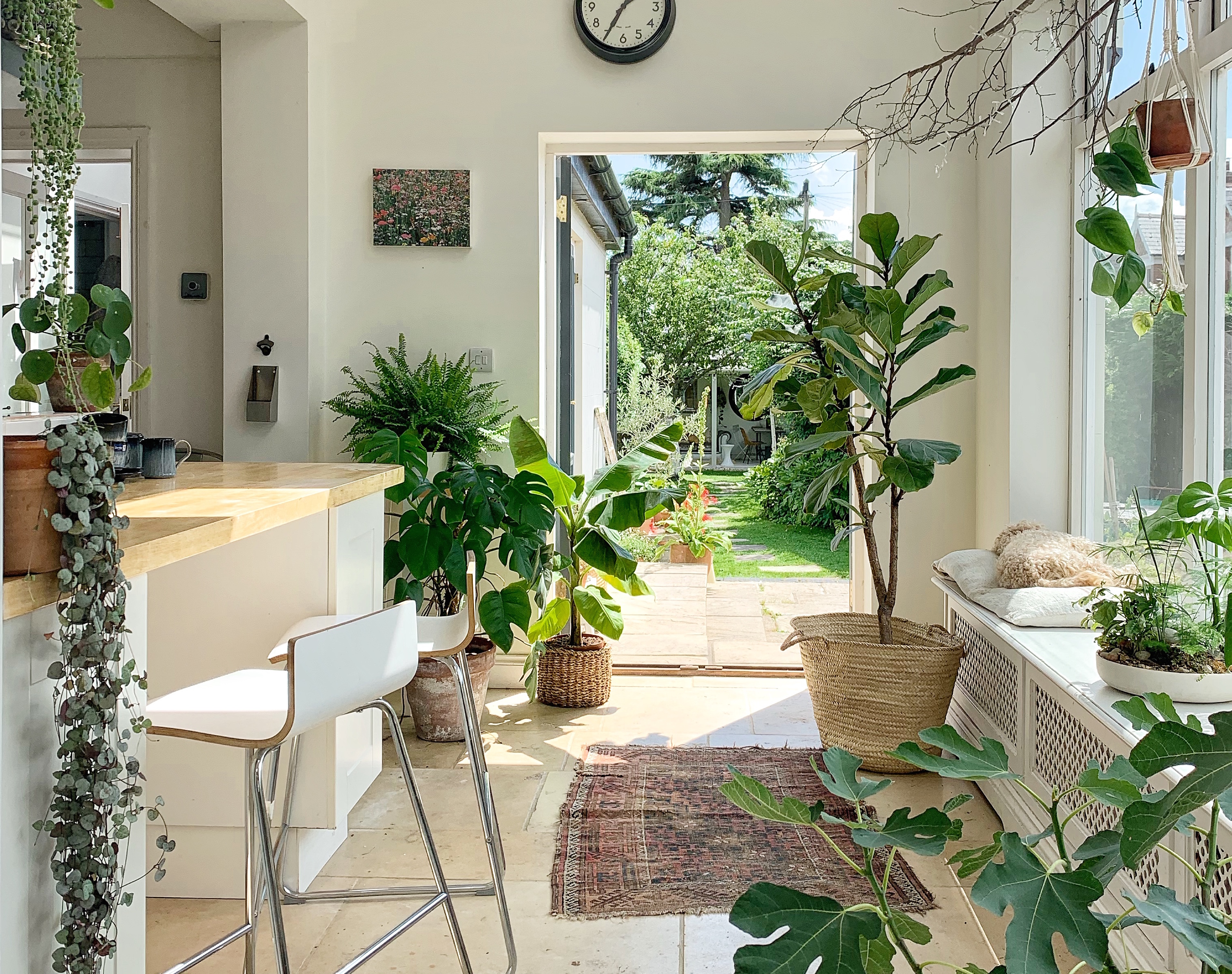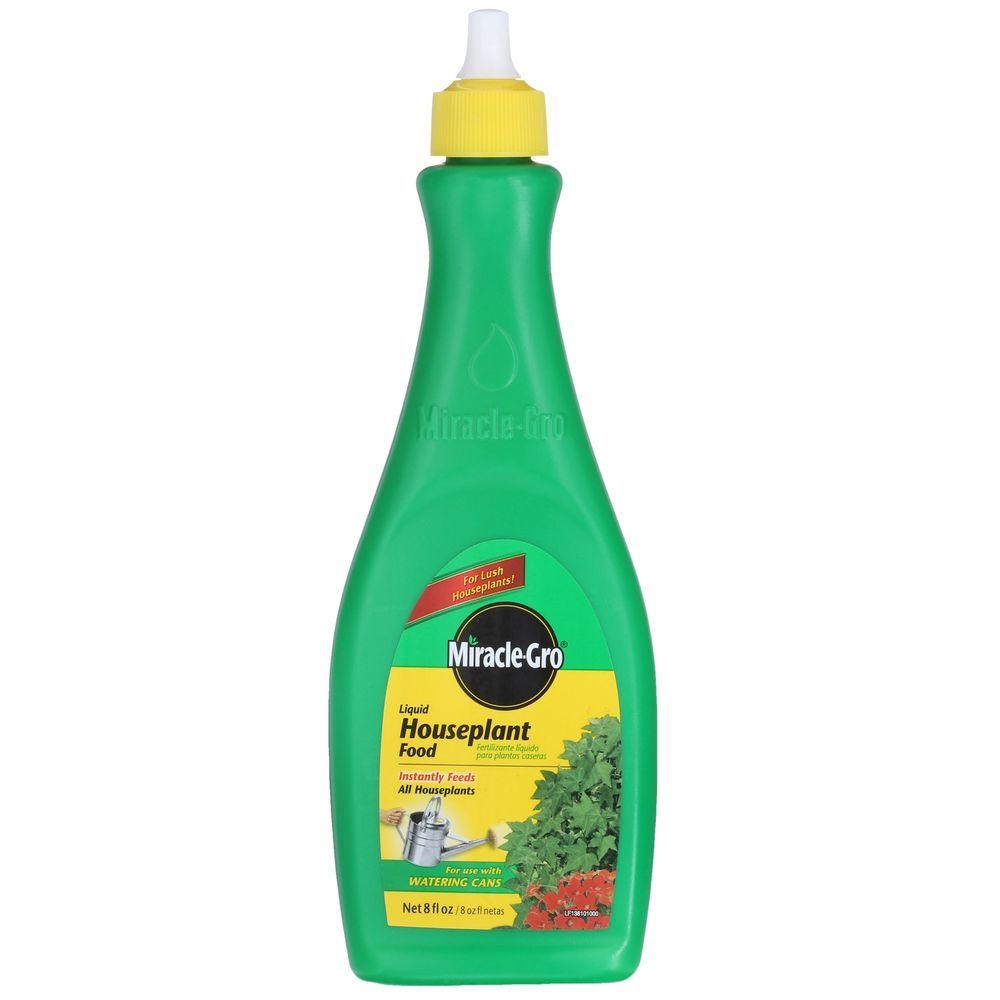Area plant meals performs a pivotal position in nurturing the colourful greenery that ornaments our houses. Delving into the world of plant diet, this information unravels the intricacies of selecting the proper meals on your houseplants, making sure they thrive and flourish of their indoor haven.
From working out the sorts of plant meals to be had to interpreting the particular wishes of your crops, this complete information empowers you with the information to domesticate a thriving indoor ecosystem.
Forms of Area Plant Meals
Area plant meals are crucial for offering vitamins in your crops and retaining them wholesome. There are 3 primary sorts of area plant meals: liquid, granular, and slow-release.
Each and every form of area plant meals has its personal benefits and drawbacks. Liquid plant meals is simple to use and will also be temporarily absorbed via crops. Granular plant meals is extra concentrated and will also be carried out much less incessantly. Sluggish-release plant meals releases vitamins over a time period, which will also be recommended for crops that want a consistent provide of vitamins.
Liquid Plant Meals
- Benefits: Simple to use, will also be temporarily absorbed via crops.
- Disadvantages: Will also be costlier than different sorts of plant meals, can leach out of the soil temporarily.
Granular Plant Meals, Area plant meals
- Benefits: Extra concentrated than liquid plant meals, will also be carried out much less incessantly.
- Disadvantages: Will also be tougher to use frivolously, can burn crops if carried out too closely.
Sluggish-Free up Plant Meals
- Benefits: Releases vitamins over a time period, will also be recommended for crops that want a consistent provide of vitamins.
- Disadvantages: Will also be costlier than different sorts of plant meals, will also be tough to regulate the discharge of vitamins.
Opting for the Proper Area Plant Meals
Deciding on the optimum area plant meals calls for cautious attention of more than a few components to verify your crops thrive. Those come with the plant species, its enlargement level, and the soil stipulations.
To simplify the decision-making procedure, a flowchart can information you in opting for probably the most appropriate meals on your explicit plant’s wishes.
Plant Species
Other plant species have distinctive dietary necessities. For example, succulents favor low-nitrogen fertilizers, whilst foliage crops require extra nitrogen. Analysis the particular wishes of your plant to resolve the fitting nutrient steadiness.
Expansion Level
The expansion level of your plant additionally influences its dietary wishes. Seedlings and younger crops want extra nitrogen to beef up fast enlargement, whilst mature crops require a balanced fertilizer that promotes total well being.
Soil Prerequisites
The soil through which your plant is rising impacts the provision of vitamins. Deficient soil would possibly require a fertilizer with the next focus of vitamins, whilst wealthy soil would possibly want a extra diluted resolution.
Utility and Dosage
Making use of area plant meals as it should be guarantees your crops obtain the essential vitamins with out overfeeding or inflicting hurt. Apply those tips for optimum effects:
Frequency and Dosage
The frequency and dosage of area plant meals utility rely on the kind of plant and the time of 12 months. Most often, crops actively rising right through the spring and summer time require extra common feeding than the ones within the fall and iciness.
The really useful frequency and dosage can range in response to the particular plant meals used, so at all times learn the label moderately.
As a normal rule, liquid area plant meals will also be carried out each and every 2-4 weeks right through the rising season, whilst granular or slow-release fertilizers will also be carried out each and every 6-8 weeks. For explicit dosage directions, check with the product label.
Utility Strategies
The applying approach for area plant meals varies relying on the kind of plant and the fertilizer components. Listed here are the typical strategies:
Liquid Fertilizers
- Direct Utility:Dilute the liquid fertilizer consistent with the label directions and follow it at once to the soil across the base of the plant.
- Foliar Feeding:Combine the fertilizer with water and spray it onto the leaves of the plant. This system is especially efficient for crops with huge leaves.
Granular Fertilizers
- Best Dressing:Sprinkle the granular fertilizer frivolously over the soil floor across the base of the plant.
- Facet Dressing:Dig a shallow trench across the plant and position the fertilizer within the trench. Quilt it with soil.
Sluggish-Free up Fertilizers
- Incorporation into Soil:Combine the slow-release fertilizer into the soil when planting or repotting.
- Best Dressing:Sprinkle the fertilizer frivolously over the soil floor across the base of the plant.
Take into account to water the plant completely after making use of any form of area plant meals to lend a hand distribute the vitamins all through the soil.
Advantages of The use of Area Plant Meals
Area plant meals supplies crucial vitamins that crops wish to thrive indoors. Those vitamins aren’t at all times provide within the soil or water, so fertilization is essential to make sure that crops obtain the vitamins they want for optimum enlargement and well being.Advantages
of the use of area plant meals come with:
- Stepped forward enlargement: Fertilization supplies crops with the vitamins they wish to develop wholesome and powerful. This can lead to greater leaves, stems, and vegetation.
- More fit foliage: Fertilization is helping crops to supply wholesome, inexperienced leaves. That is necessary for photosynthesis, which is the method wherein crops convert daylight into power.
- Higher flowering: Fertilization can lend a hand crops to supply extra vegetation. That is particularly recommended for flowering crops, similar to orchids, African violets, and roses.
Some explicit examples of crops that reply neatly to fertilization come with:
- African violets: African violets are heavy feeders and require common fertilization to supply wholesome blooms.
- Orchids: Orchids also are heavy feeders and require common fertilization to supply wholesome blooms.
- Roses: Roses are heavy feeders and require common fertilization to supply wholesome blooms and powerful canes.
- Tomatoes: Tomatoes are heavy feeders and require common fertilization to supply wholesome fruit.
- Peppers: Peppers are heavy feeders and require common fertilization to supply wholesome fruit.
General, area plant meals is an crucial a part of indoor plant care. It supplies crops with the vitamins they wish to develop wholesome and powerful, and it could possibly lend a hand them to supply extra vegetation and fruit.
Possible Dangers and Precautions

Over-fertilizing houseplants may end up in quite a lot of issues, together with nutrient burn and root harm. Nutrient burn happens when the plant absorbs an excessive amount of fertilizer, inflicting the leaves to show brown and crispy. Root harm can happen when the fertilizer salts increase within the soil, inflicting the roots to transform broken and not able to soak up water and vitamins.
Tips on how to Steer clear of Over-Fertilizing
- Apply the instructions at the fertilizer label moderately.
- Don’t fertilize extra regularly than as soon as a month.
- Water the plant completely prior to and after fertilizing.
- Use a balanced fertilizer that comprises the entire crucial vitamins.
- Steer clear of the use of fertilizers that include top ranges of nitrogen.
Herbal and Natural Choices

Business area plant meals supply crucial vitamins, however herbal and natural possible choices be offering eco-friendly and sustainable choices for nourishing your crops. Those possible choices make the most of fabrics present in nature or produced thru natural processes, lowering chemical inputs and selling soil well being.
Whilst industrial fertilizers be offering comfort and actual nutrient supply, herbal possible choices would possibly require extra common programs and won’t give you the similar stage of instant effects. Then again, they give a contribution to long-term soil fertility and advertise a balanced ecosystem throughout the plant’s setting.
Compost
- Compost is a wealthy, natural subject material created via the decomposition of plant and animal topic.
- It supplies a slow-release supply of vitamins, bettering soil construction and water retention.
- Compost can be utilized as a most sensible dressing or combined into the potting soil.
Trojan horse Castings
- Trojan horse castings are the excrement of earthworms, containing a top focus of recommended microorganisms and vitamins.
- They support soil aeration and drainage, whilst offering a herbal supply of phosphorus, potassium, and nitrogen.
- Trojan horse castings will also be added to potting soil or used as a liquid fertilizer.
Banana Peels
- Banana peels are wealthy in potassium, an crucial nutrient for plant enlargement.
- They may be able to be chopped and added to the soil or steeped in water to create a liquid fertilizer.
- Banana peels additionally include different vitamins, similar to phosphorus and magnesium.
Troubleshooting Commonplace Problems: Area Plant Meals

The use of area plant meals can now and again result in issues like nutrient deficiencies or over-fertilization. Listed here are some not unusual problems and their answers:
Nutrient Deficiencies
Nutrient deficiencies happen when crops do not get sufficient of crucial vitamins like nitrogen, phosphorus, or potassium. Signs range relying at the nutrient missing however would possibly come with yellowing leaves, stunted enlargement, or deficient flowering.
Answer:Establish the poor nutrient in response to signs and follow a fertilizer that comprises it. Apply the directions at the fertilizer label for dosage and alertness frequency.
Over-Fertilization
Over-fertilization happens when crops obtain an excessive amount of fertilizer, resulting in nutrient burn. Signs come with brown or scorched leaf pointers, wilting, and stunted enlargement.
Answer:Flush the soil completely with water to take away extra fertilizer. Cut back fertilizer dosage and frequency, or transfer to a weaker fertilizer. In critical circumstances, repot the plant in contemporary soil.
Clarifying Questions
What’s the absolute best form of area plant meals?
The most productive form of area plant meals will depend on the particular wishes of your crops. Liquid fertilizers are simple to use and supply fast effects, whilst granular fertilizers launch vitamins slowly over the years. Sluggish-release fertilizers are perfect for busy gardeners or those that wish to steer clear of over-fertilizing.
How regularly must I fertilize my houseplants?
Maximum houseplants must be fertilized as soon as a month right through the rising season (spring and summer time). Then again, some crops, similar to orchids, have explicit fertilizing wishes. All the time observe the directions at the fertilizer label.
What are the indicators of over-fertilizing?
Over-fertilizing could cause nutrient burn, which will harm the roots and leaves of your crops. Indicators of over-fertilizing come with brown or yellow pointers at the leaves, stunted enlargement, and wilting.

